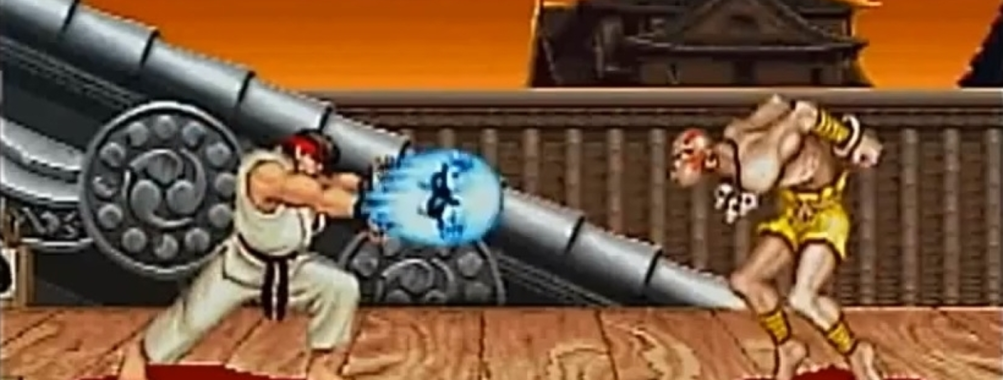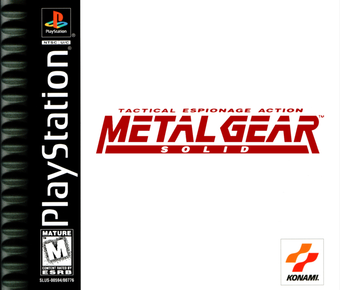
Video Games of the 90s: Street Fighter II
One of the most iconic video games of the 90s, Street Fighter II, spawned numerous sequels, re-releases, and even a notorious movie franchise. With the release of Street Fighter V, the series remains a cultural touchstone. For me, though, Street Fighter II: World Warrior Edition holds a special place in my heart.
I first played it at a local burger joint near my grandparents’ house. As an 8-year-old, I was mesmerized by the towering arcade machine, with its giant buttons and a joystick as big as my head. I watched older kids hammer the controls with frenzied intensity, beads of sweat forming on their brows as they traveled the virtual world, defeating colorful warriors.
Street Fighter II had a unique charm that resonated deeply, even if we didn’t fully understand why. While I missed the original Street Fighter, the sequel was a massive improvement. The game technically had a plot, but most of us ignored it. What captured our attention were the beautifully detailed and exotic backdrops, offering glimpses of Japan, India, Thailand, Spain, and Russia. For added fun, there was even a bonus stage where you could demolish a Lexus—a completely random yet oddly satisfying inclusion.
The sound design was unforgettable. The soundtrack, rich with 8-bit funk, gave each stage its unique energy, while the sound effects and catchphrases became playground staples.
The game’s roster of unique characters was just as memorable. Blanka, the green, electric-generating jungle warrior from Brazil, stood out with his wild design. As a kid of Indian heritage, I found Dhalsim—a master yogi with stretchy limbs and fire-breathing abilities—both hilarious and fascinating. Though clearly a caricature, he was so over-the-top it was hard not to laugh.
Despite Dhalsim’s appeal, my favorite character was Ryu. A stoic warrior from Japan, Ryu had defeated the towering Sagat in the original game, leaving him with a signature scar. In Street Fighter II, Ryu became a legend. His iconic “HADOUKEN!” battle cry reverberated across playgrounds as kids mimicked his signature fireball move. Ken had the same move, but let’s face it—Ken was a poor imitation. Ryu, with his Karate Kid-meets-samurai vibe, was undeniably cooler. Mastering his special moves elevated you from a clumsy button-masher to a respected joystick virtuoso.
One of the game’s highlights was the ability to play as the bosses in later editions. The ultimate boss, M. Bison—a power-hungry dictator—was the nemesis of my pre-teen years. Reaching him was a feat in itself, and defeating him felt like conquering a mountain. I still remember the exhilaration of finally besting him and claiming the World Warrior title.
Each character came with their own backstory and ending, which ranged from touching to unintentionally hilarious, thanks to awkward translations from Japanese to English. While the graphics and cultural stereotypes haven’t aged particularly well, Street Fighter II retains its legendary status. It was accessible enough for family button-mashing sessions, yet deep enough for hours of practice to master its combos and special moves.
Even today, the character select screen’s music brings me back to those simpler times—when my biggest concerns were scrounging for quarters and plotting my revenge against M. Bison.

